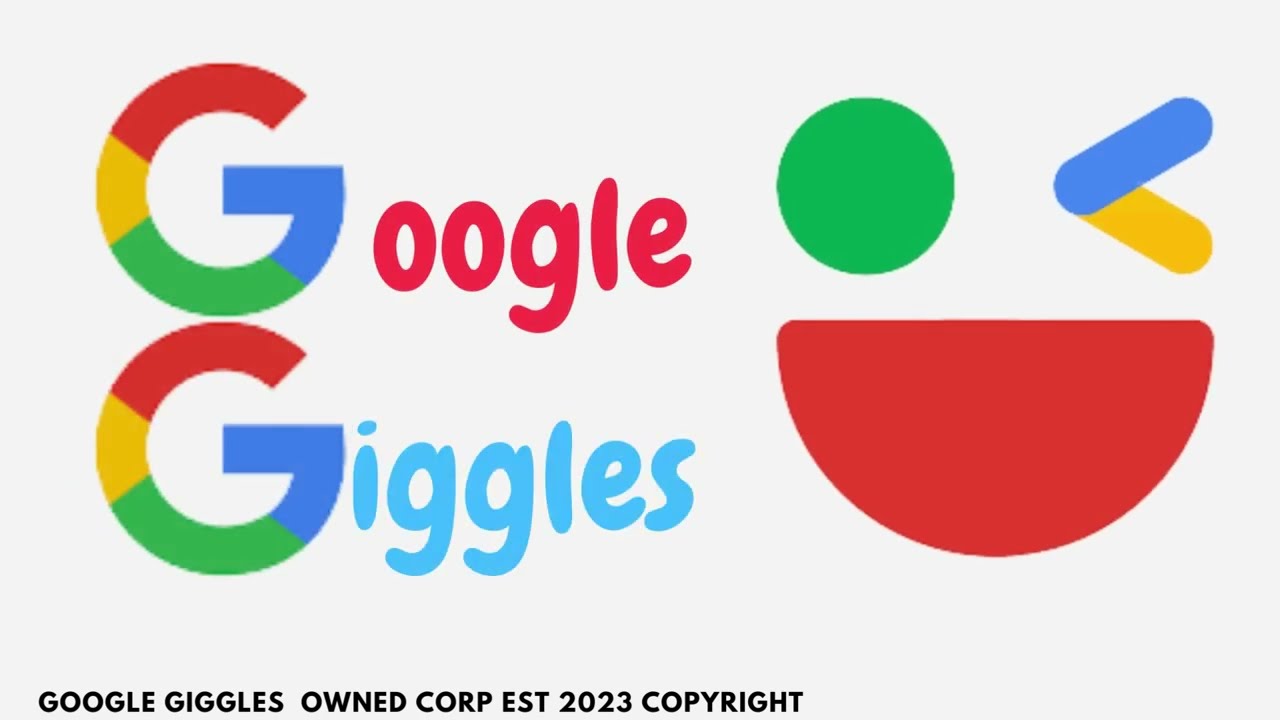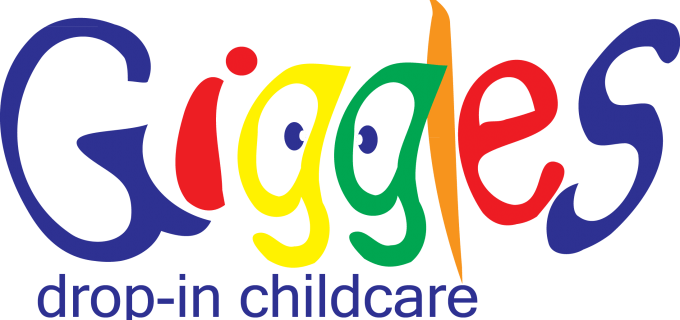Table of Contents
Introduction:
Google, the ubiquitous search engine, is not only a tool for finding information but also a window into human curiosity and culture. One intriguing aspect of Google’s evolution is its relationship with humor, manifested in the form of “Google Giggles” – those unexpected, amusing, and sometimes bizarre search suggestions that leave users chuckling. In this article, we delve into the phenomenon of Google Giggles, tracing its origins, analyzing its implications, and exploring the broader role of humor in search.
The Birth of Google Giggles:

a. Early Instances: Trace the early instances of Google Giggles, from humorous Easter eggs to serendipitous search results.
b. Algorithmic Evolution: Explore how Google’s algorithms have evolved to generate more relevant and entertaining search suggestions, incorporating factors like user intent, context, and linguistic patterns.
c. Cultural Impact: Examine how Google Giggles reflect and influence cultural trends, humor preferences, and linguistic quirks across different regions and demographics.
The Psychology of Humor in Search:
a. Cognitive Mechanisms: Investigate the cognitive mechanisms underlying humor perception and appreciation in the context of search, including incongruity, surprise, and benign violation theory.
b. Emotional Responses: Analyze the emotional responses elicited by Google Giggles, ranging from amusement and delight to confusion and curiosity.
c. User Engagement: Discuss the impact of humor on user engagement metrics such as click-through rates, session duration, and social sharing, highlighting its potential as a tool for enhancing user experience and brand loyalty.
The Role of Context and Intent:
a. Contextual Humor: Explore how Google Giggles leverage contextual information, such as trending topics, current events, and user demographics, to generate relevant and timely suggestions.
b. Intent-Based Humor: Discuss the importance of understanding user intent in delivering humorous search suggestions, balancing entertainment value with informational relevance and sensitivity to user preferences.
c. Ethical Considerations: Address ethical considerations related to humor in search, including the potential for unintended consequences, offensive content, and cultural insensitivity.
Google Giggles and Cultural Representation:

a. Linguistic Diversity: Highlight the linguistic diversity reflected in Google Giggles, showcasing examples of puns, wordplay, and idiomatic expressions from different languages and cultures.
b. Stereotypes and Bias: Examine the presence of stereotypes and biases in Google Giggles, and the challenges of maintaining cultural sensitivity and inclusivity in search suggestions.
c. Cross-Cultural Differences: Explore how humor varies across cultures and languages, and the implications for global audiences using Google’s search platform.
Conclusion:
a. AI and Machine Learning: Discuss the role of artificial intelligence and machine learning in shaping the future of Google Giggles, including advancements in natural language understanding, sentiment analysis, and personalized humor generation.
b. User Feedback and Iterative Improvement: Emphasize the importance of user feedback in refining Google Giggle, ensuring that they remain relevant, engaging, and culturally resonant.
c. Conclusion: Reflect on the enduring appeal of Google Giggle as a source of entertainment, curiosity, and cultural insight, and the potential for humor to enhance the human-machine interaction in the digital age.
In conclusion, Google Giggle represent a fascinating intersection of technology, psychology, and culture, offering a glimpse into the whimsical side of search. As Google continues to innovate and refine its algorithms, the phenomenon of Google Giggle is likely to evolve, enriching the search experience with humor, creativity, and serendipity.
For More Information Please Visit These Websites Mindmeister And arturia

